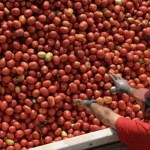Soil Carbon Credits - A Growing Opportunity for Agriculture and Climate Action
Added 6 months ago
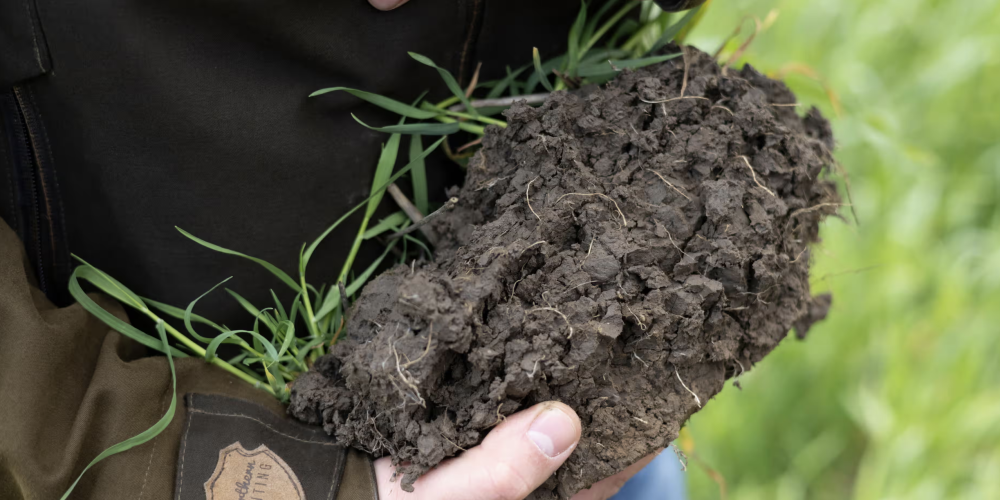
Regenerative agriculture is emerging as a key player in the voluntary carbon market, offering farmers a potential revenue stream through soil carbon credits.
In Cambridgeshire, farmer Thomas Gent manages land that has not been ploughed in 17 years, using regenerative techniques aimed at improving soil structure and increasing carbon storage. These practices include minimal tillage, cover cropping, and reducing synthetic fertiliser use.
Startups are helping farmers measure and verify soil carbon levels, enabling them to generate and sell carbon credits to companies aiming to offset their greenhouse gas emissions. Gent works with Agreena, a Danish agritech company developing what it claims is Europe’s largest soil carbon programme.
Agreena is one of several companies—including Soil Capital, Trinity Natural Capital Group, and Indigo Ag—entering the voluntary carbon market through soil carbon trading. The OECD has reported that improved soil carbon sequestration could offset up to 4% of global annual human-induced emissions over the long term.
The voluntary carbon market was valued at nearly $2 billion in 2022 but declined to $723 million in 2023, following critical reports on the credibility of some offset schemes. Soil carbon projects currently represent 5–10% of this market, with an estimated value of over $100 million.
Agreena has not yet issued carbon credits but raised €46 million in Series B funding in 2023. The company plans to support farmers through the transition to regenerative practices, including measuring baseline soil carbon and verifying changes over a 10-year period using a combination of soil sampling and satellite data.
Its verification process is overseen by Verra, a global carbon standard organisation. Agreena’s model estimates that farmers can earn €20–€50 per hectare, depending on baseline soil conditions and practice adoption. The company retains a 15% share of credit sales.
Agreena currently operates in 20 countries and is working with 2,500 farmers to transition 4.5 million hectares of land. The company intends to expand globally.
Despite market growth, concerns remain among scientists and industry experts about the reliability of modelling used to predict soil carbon changes and the long-term impact of regenerative practices. The British Society of Soil Science notes limited evidence in the UK on soil carbon gains from reduced tillage and cover crops.
Further scrutiny is being applied by the Integrity Council for the Voluntary Carbon Market, which is reviewing methodologies across the sector.
Some organisations have raised concerns about the long-term commitments required from farmers and the potential for unforeseen events to impact contract obligations. Additionally, there is debate about the appropriateness of high-emission farms participating in offset schemes.
Agreena maintains that its approach aligns with international standards and is based on extensive data collection, with plans to refine its models as research improves. The company supports scaling regenerative agriculture as a climate mitigation strategy.
Join the conversation
Be the first to leave a comment.
Leave a comment
All comments are reviewed before they are published on the website. Your email address will not be published.
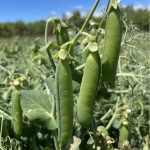
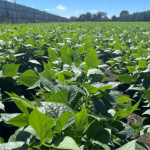

Community Engagement and Knowledge Sharing Strengthen the Carbon Positive Project
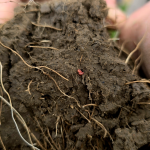

Farewell to Trustee Phil Schofield – A Foundational Leader of the HBFFCT
